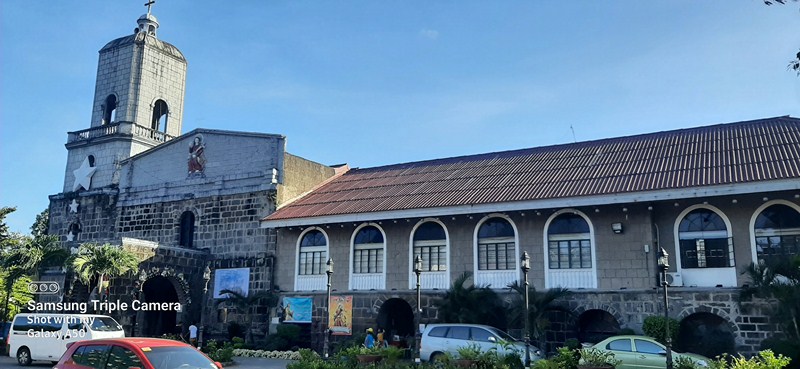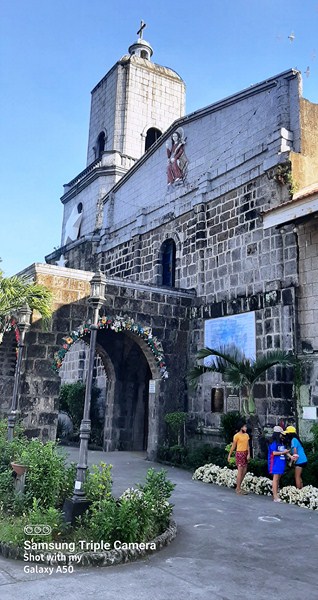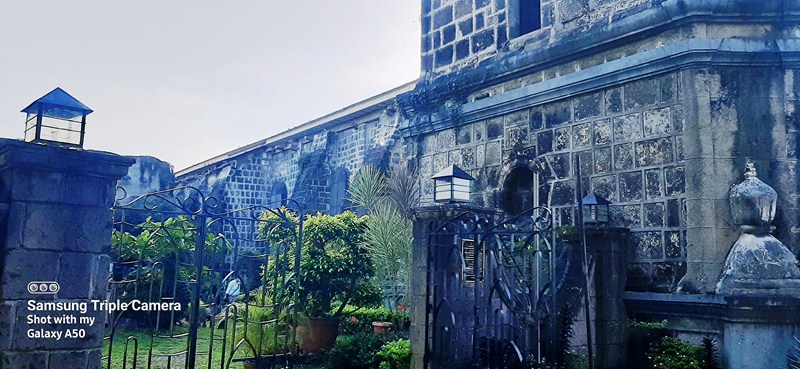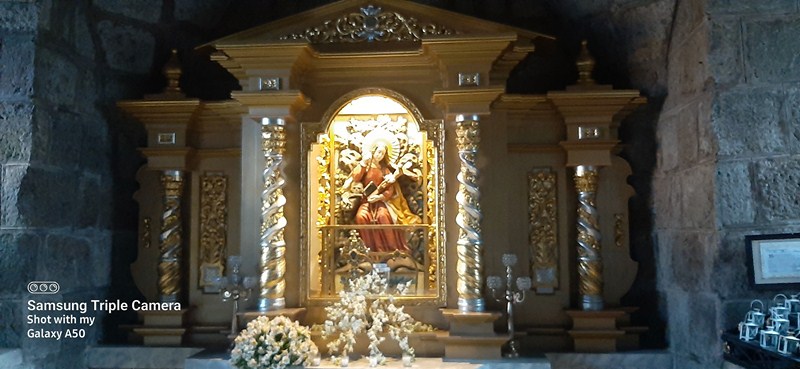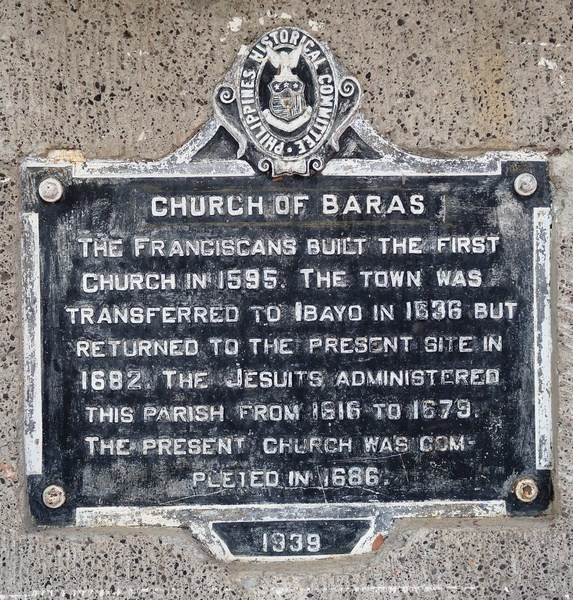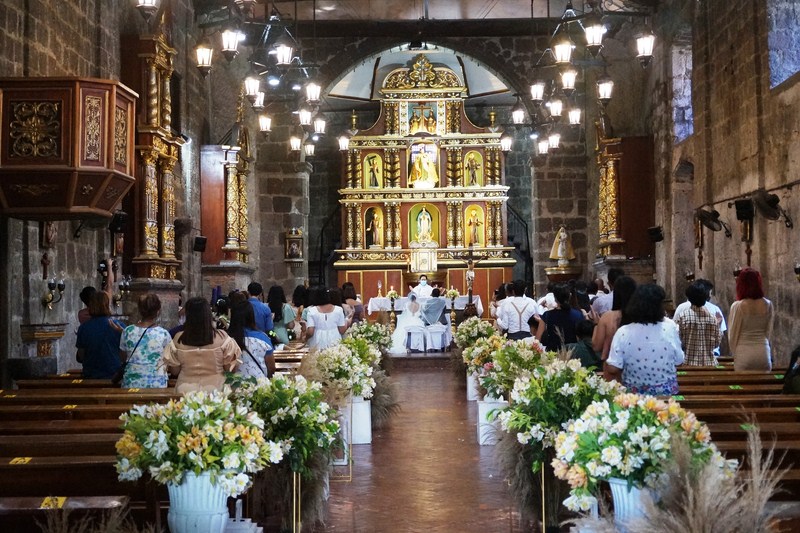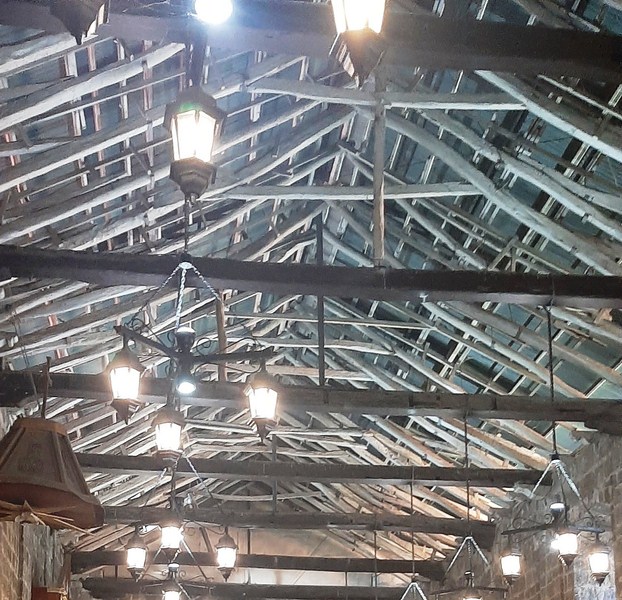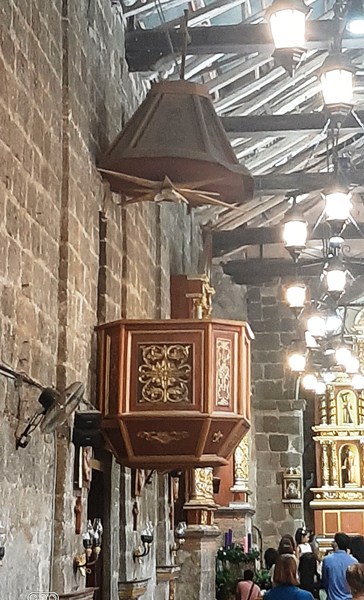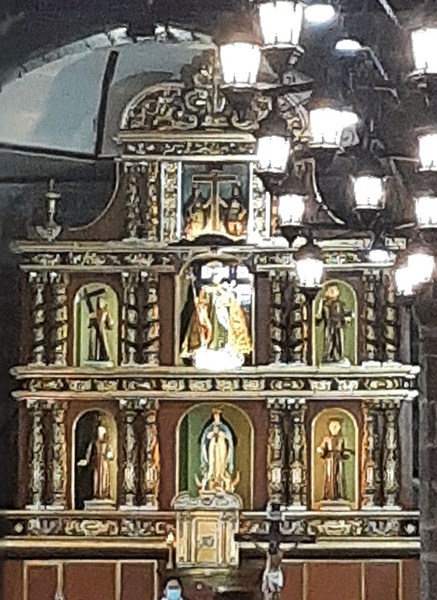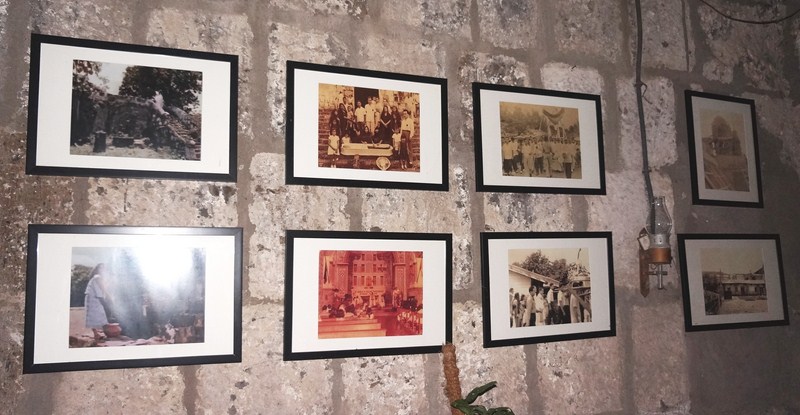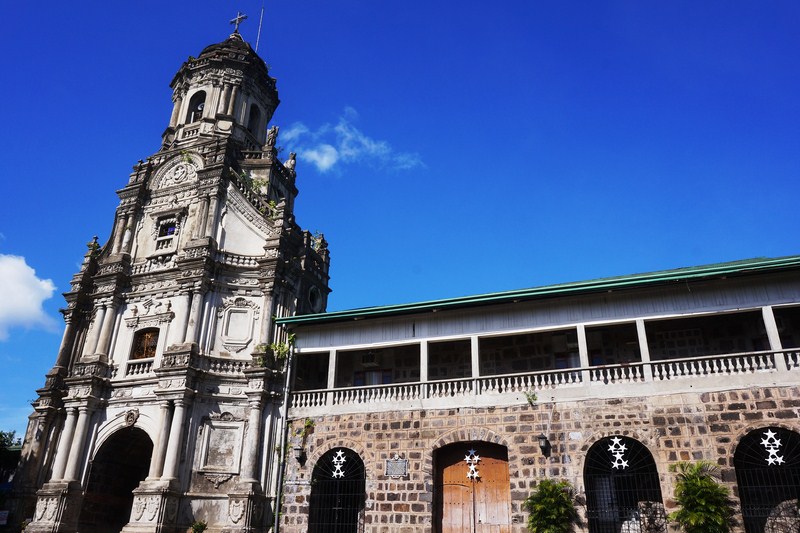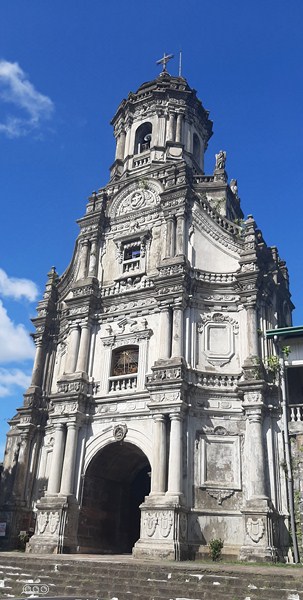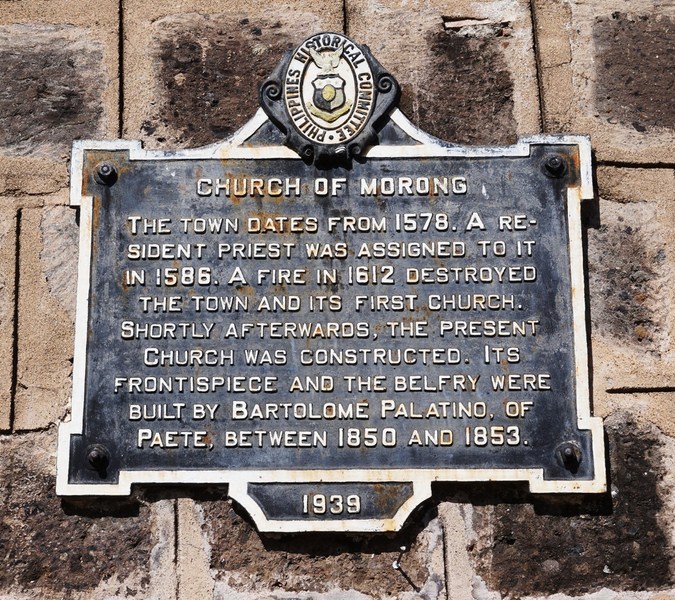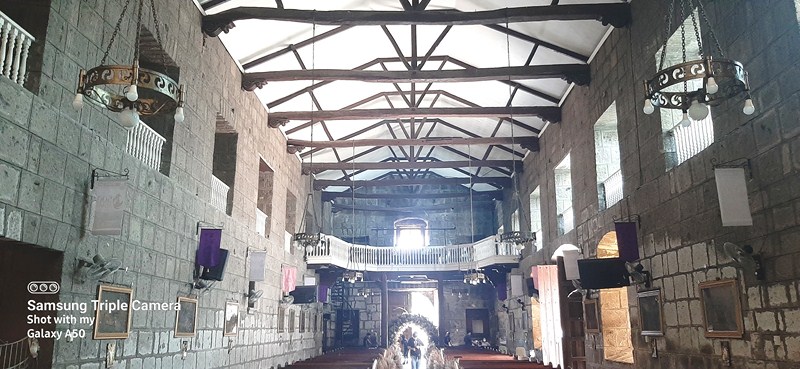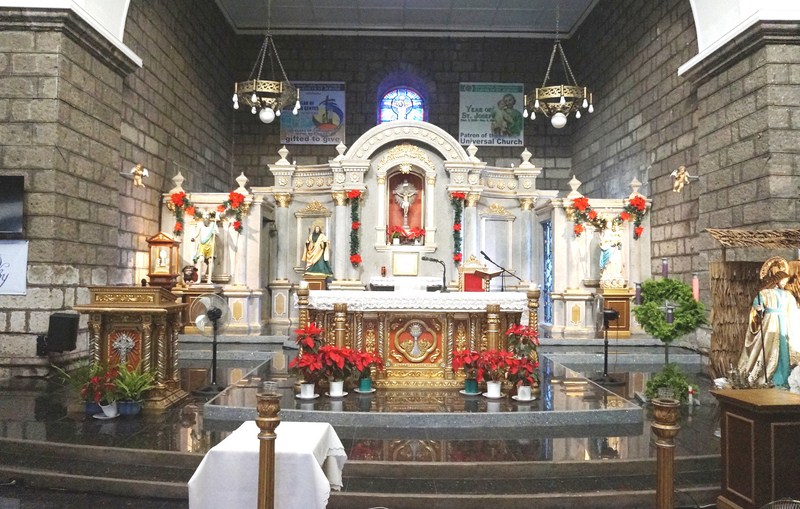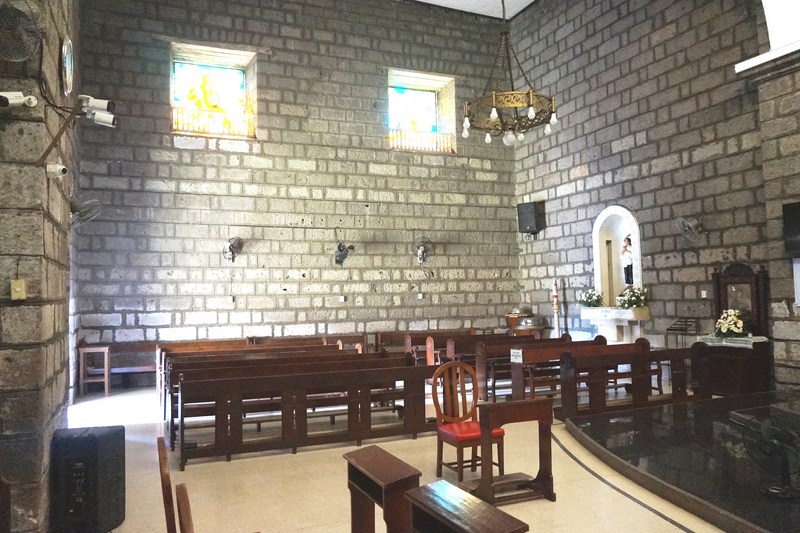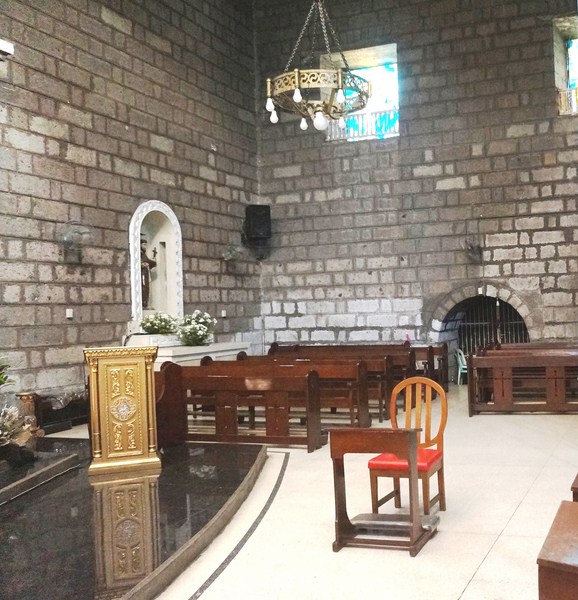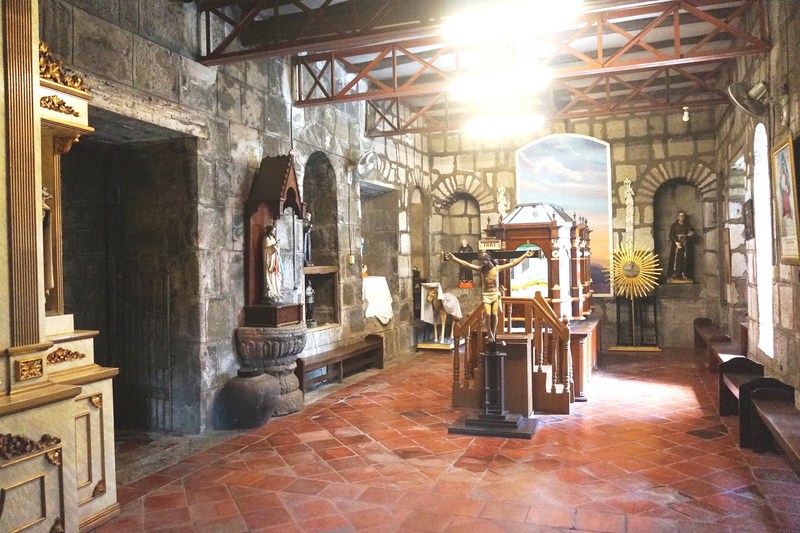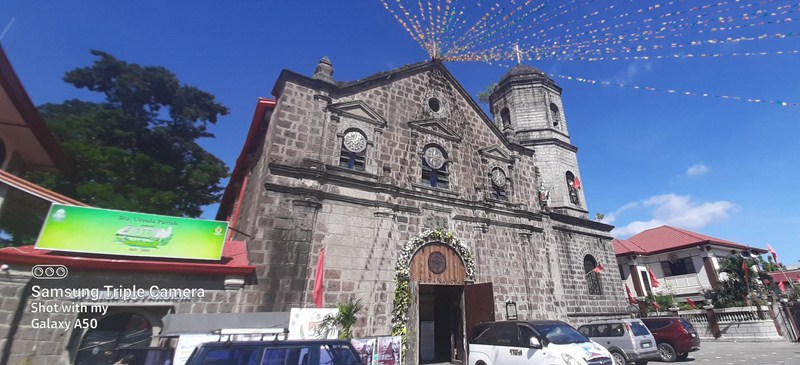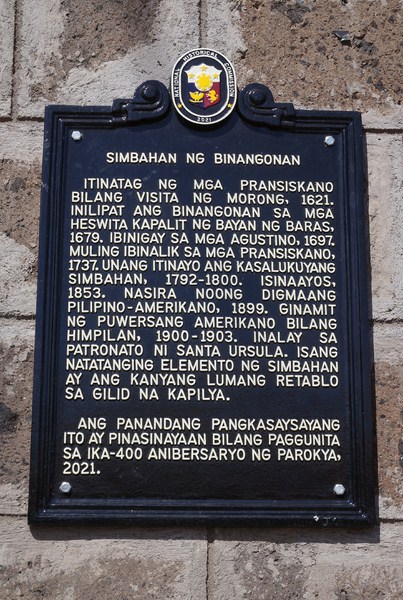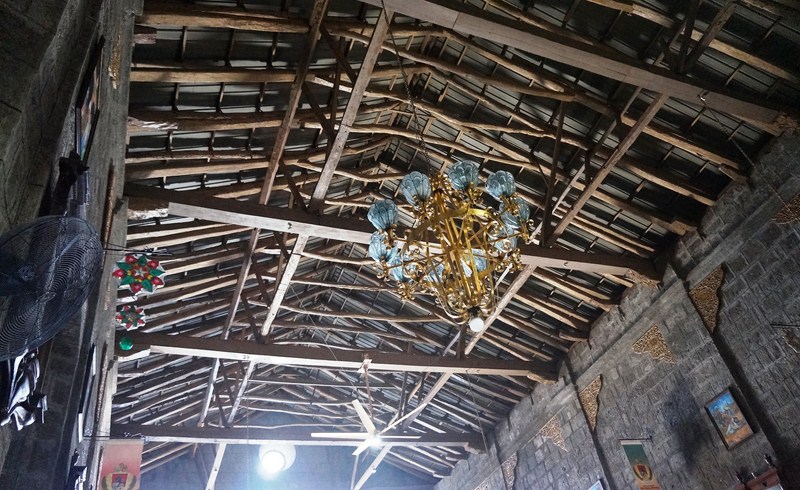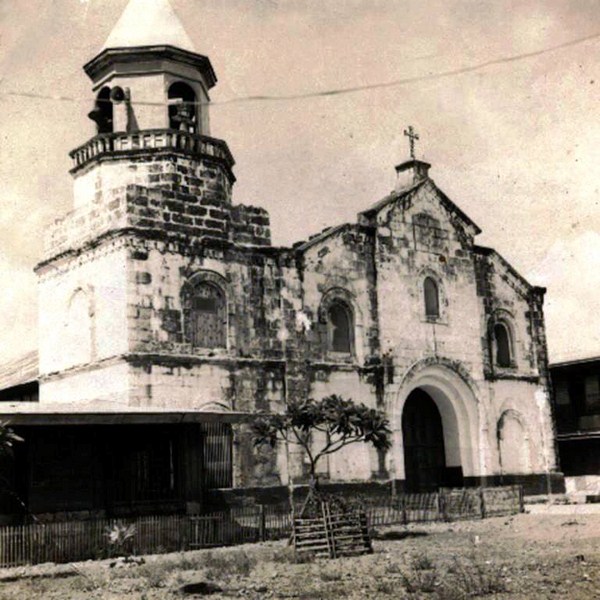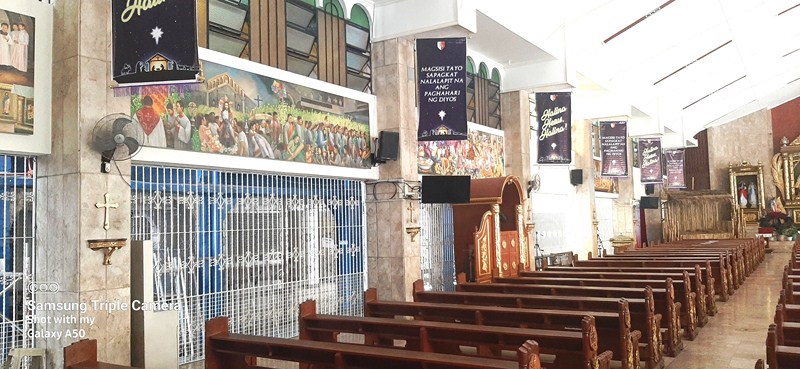The Diocesan Shrine of Mary Magdalene is located just a few kms. away from San Ildefonso Parish Church in Tanay, beside the Bahay na Bato. It was first built in bamboo, cogon and nipa by the Franciscan missionaries in 1583 under the patronage of St. Mary Magdalene.
Check out “Church of St. Ildephonsus of Toledo”
In 1632, a conflagration destroyed the church and the whole town and, when a new church was built, another fire destroyed the church in 1668. Rebuilt in wood from 1670 to 1673, the altar and convent were repaired in 1848 and the church was again repaired from 1962 to 1976.
On January 16, 1977, the National Historical Commission of the Philippines unveiled a historical marker on the church’s façade and, on July 22, 2018, the parish was declared as a diocesan shrine.
AUTHOR’S NOTES:
The two-level, simply designed adobe Baroque façade, devoid of any decorations, has a semicircular arch main entrance with a portico, above which is a semicircular arch window. Both levels, flanked by flat pilasters, is topped by a low triangular pediment with a bas relief of St. Mary Magdalene in the center.
The four-storey bell tower, on the church’s left and chamfered at the corners, tapers up in uneven levels, with a balustrade on the four level. The first level has segmented arch windows with semicircular arch open and blind recesses on the succeeding storeys. It ends in a dome topped by a miniature campanile and a cross.
The church distinguishes itself from other Rizal churches in that beautiful religious-themed paintings adorn its ceiling.
The baptistery, housing a small retablo with a small devotional painting of St. Mary Magdalene, is located at the bottom of the bell tower, on the left side from the vestibule of the church.
Diocesan Shrine of St. Mary Magdalene: J.P. Rizal St., Brgy. Imatong, Pillila 1910, Rizal. Tel: (02) 8654-2881. Feast of St. Mary Magalene: July 22. Coordinates: 14.4802481, 121.306448.
How to Get There: Pililla is located 61.9 kms. (a 3-hour drive) from Manila and 48.6 kms. (a 2.25-hour drive) from Antipolo City, both via the Manila East Rd./R-5.

